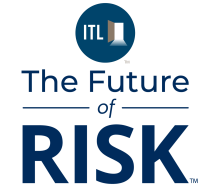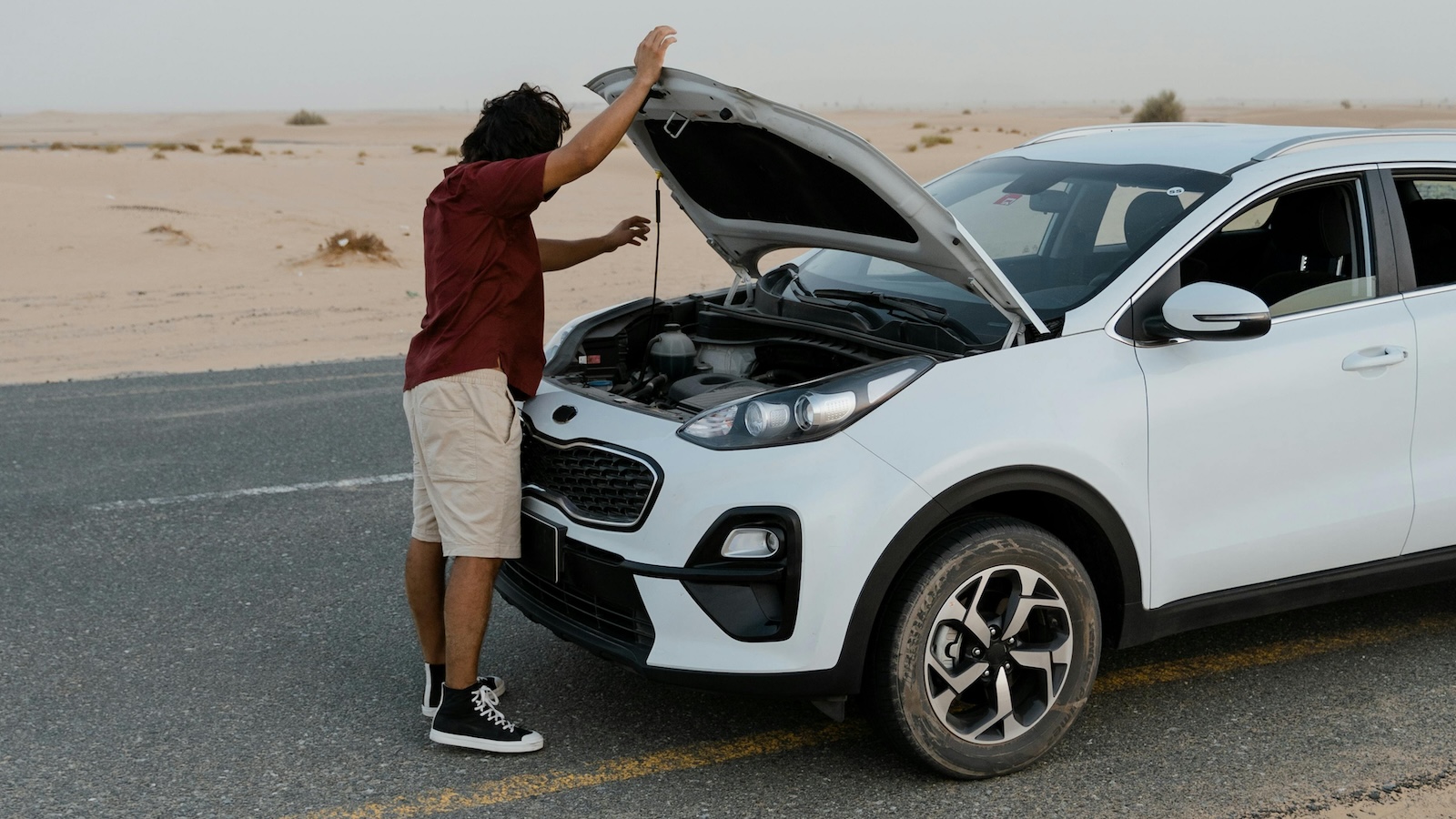The auto insurance industry is experiencing another transformation, led by the preferences of the newest generation of drivers entering the market – Gen Z.
Born between the mid-1990s and early 2010s, this tech-savvy group has grown up in a digital world and demands more from auto insurers than previous generations. They seek seamless online experiences, personalized services, and transparency in pricing and claims processes.
As they continue to become a significant force in the market, insurance companies must adapt their strategies and processes to cater to the unique needs and values of this latest generation of drivers. Here are three key things that Gen Z wants for auto insurers to keep in mind.
1. More transparency in pricing
Gen Z drivers are less likely to shop around for auto insurance than other generations. According to a 2024 report on car insurance shopping trends, only 19% of Gen Z respondents compare auto insurance prices annually, compared with 42% of Millennials.
Hidden fees and complicated pricing structures are major turn-offs for Gen Z. They want clear, upfront pricing that outlines exactly what they are paying for. When choosing an auto insurance policy, Gen Z drivers prioritize coverage options (61%), followed by premium cost (49%), and customer service reputation (34%).
Interestingly, Gen Z also places less emphasis on premium costs compared with older generations, with coverage options being their top priority. For insurers, it's important to have transparent pricing and provide detailed explanations of policies.
2. Digital-first claims experience
To keep Gen Z drivers happy, the claims process also needs to be frictionless and digital-first. This generation of drivers has grown up in a world where digital interactions are the norm, and they expect the same level of digital engagement from their auto insurers.
Allowing drivers to instantly upload damage evidence and necessary documents, track claim status in real-time, and receive clear communication at every step can greatly improve customer satisfaction with this generation. Insurers can upgrade any outdated claims processes through the use of artificial intelligence (AI) technologies like visual intelligence. An advanced type of computer vision AI, visual intelligence can accelerate new policy subscriptions, claims assessments and cash settlements. The technology also enables policyholders to submit evidence remotely at the incident scene so insurers can analyze and potentially resolve a claim within minutes of first notice of loss.
Auto insurers are increasingly adopting AI technology to guide younger policyholders through a remote, yet thorough, evidence-gathering process. It is also helping auto insurers and body shops provide pre-repair cost estimations faster, decreasing the need for physical vehicle inspections. Once evidence is collected remotely, visual intelligence allows insurers to compare it immediately against a database of previously gathered evidence, identifying unusual cases and flagging them for human intervention. This not only speeds up the claims process but also reduces the risk of fraud.
A smooth mobile experience enables young drivers to manage their insurance policies and submit claims anytime and anywhere they need it. Furthermore, whether it's through chatbots, live chats, or social media, AI-powered customer support helps insurers meet Gen Z's demand for instant responses, freeing humans to focus on more complex cases.
3. Personalization in services and support
The era of a single policy that meets the varied needs of all drivers is over. Gen Z wants policies that reflect their individual driving habits and lifestyles. Usage-based insurance (UBI) models, which adjust premiums based on actual driving behavior, resonate well with this demographic. By using telematics data, insurers can offer personalized policies that reward safe driving and give better value for money.
Gen Z drivers also show a strong preference for embedded insurance options. 79% of Gen Z drivers would prefer having insurance integrated into the car deal itself, and 81% stated they would like the option to purchase insurance at the point of buying their vehicle.
To connect with Gen Z drivers, automated emails and generic customer support messages also won't cut it. Customer communication needs to feel personal. AI-driven tools can help insurers create personalized strategies; whether it's promotions or policy updates, every interaction can feel unique and relevant. AI algorithms can analyze customer data, driving habits, and social media activity to create messages that resonate with Gen Z drivers' interests and needs.
The next generation of auto insurance
By adopting a digital-first strategy, offering personalized services, and being more transparent, insurers can build strong connections with the latest generation of drivers. Using advanced technologies like AI can help insurers enhance the customer experience and stay relevant in the market.








